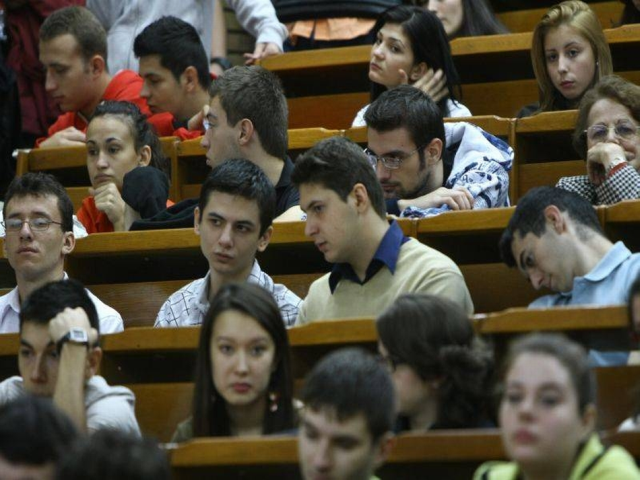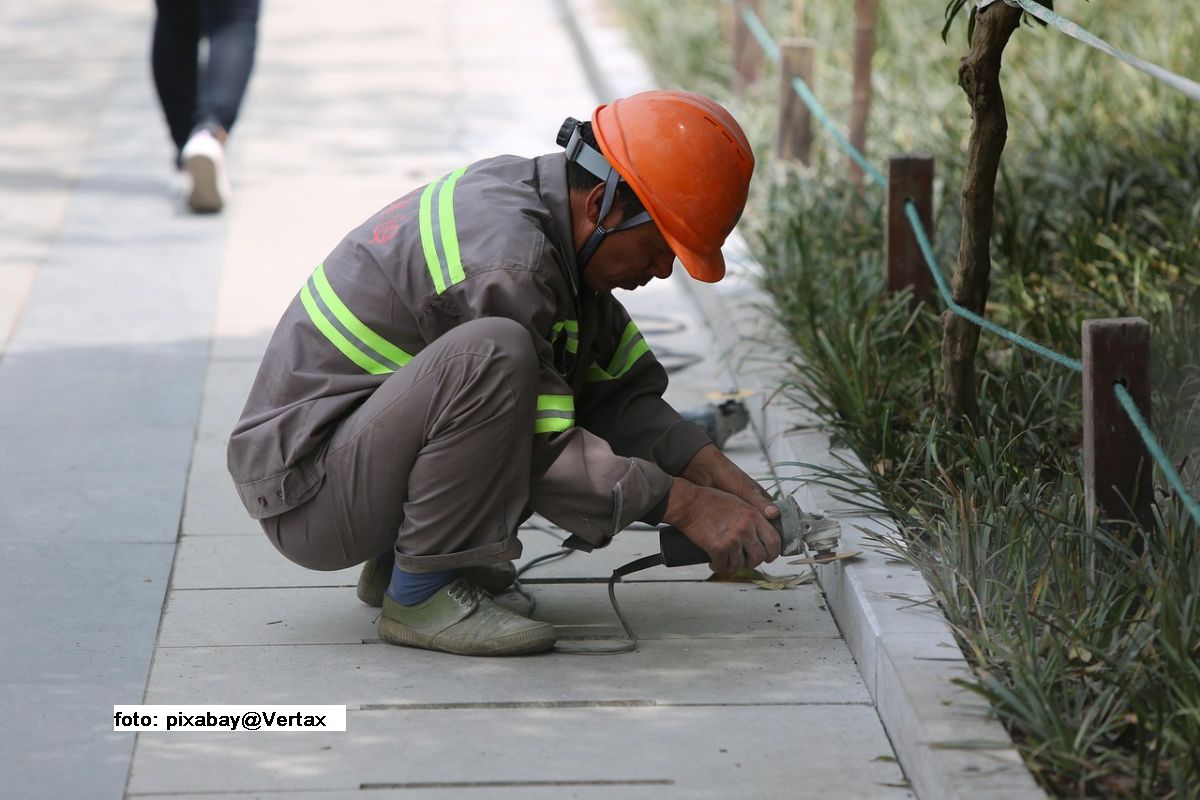The new academic year
The new academic year begins in Romania on 1st of October.

Christine Leșcu, 01.10.2014, 12:40
October 1st, the day of the year when classes start in universities, is a time for novelty and a time for tallying up the past, especially since the University of Bucharest celebrates 150 years of existence. After 1989, higher education has also been provided by private institutions, in addition to the numerous state schools in the country. We spoke about higher education in Romania with Marian Staş, who teaches both at Harvard University and the University of Bucharest. We asked him if the level of quality in private and state-run universities is the same:
“The short answer is ‘no’, for at least two significant reasons. The University of Bucharest was founded 150 years ago, while private universities in Romania were only created 15 or 20 years ago. Secondly, there is a fear among the public that private schools are diploma-making factories, rather than schools where students learn. Also, there are reports that some students from private universities can actually pay to pass their exams and get their diplomas. On the other hand, this also happens in state universities. There are, however, good teachers and students in private schools, as well. If we look at figures, private education accounts for 3 to 5% of the entire education system in Romania, which is very low.”
As for the novelties introduced this year, the government issued an emergency executive order operating changes in the Law of Education. For example, if so far doctoral programmes implied full-time attendance, from now on they only require part-time attendance. Another change refers to the creation of tertiary colleges in universities. These provide courses for high school graduates who have failed their baccalaureate exams. This also allowing those who are university material to train for some other type of post-high school education. In recent year, only 40 to 50% of high school students passed their baccalaureate exam, which is a condition for going to university. Marian Stas explains:
“When in 2011 less than 50% of high school students passed the baccalaureate, that drastically reduced the pool of potential university students. Along the years, universities have prepared to take in more and more students, and suddenly there were too few. Another problem for universities is the quality of high school education. Young people who finish high school and pass the baccalaureate exam not always have the level of training required by universities.”
We asked Marian Stas if, in his opinion, these post-high school colleges will address the problem:
“It is definitely not a bad idea to have university teachers train these children. While it’s a good thing to have people who are willing to do this, this is not the purpose of a university. Universities should be focused on abstraction and intellectual constructs, not teaching practical skills, which should be taught by post-high school education. I’m curious to see the first generation of young people trained by these tertiary colleges and how they will cope with being at university. I am sounding the alarm here, because the framework methodology is insufficiently detailed and leaves room for arbitrary interpretation. Thus, young people who are not sufficiently trained may be facilitated access to universities.”
Young people wishing to enlist for these colleges may do so as of this year, as the government has asked universities to put together lists of degrees and curricula by October 20th. So far, several state and private universities have announced their availability for setting up such colleges. However, you will not find among them the most prestigious schools, such as the University of Bucharest, the University of Cluj, the University of Iasi and the Bucharest Technical University.






























